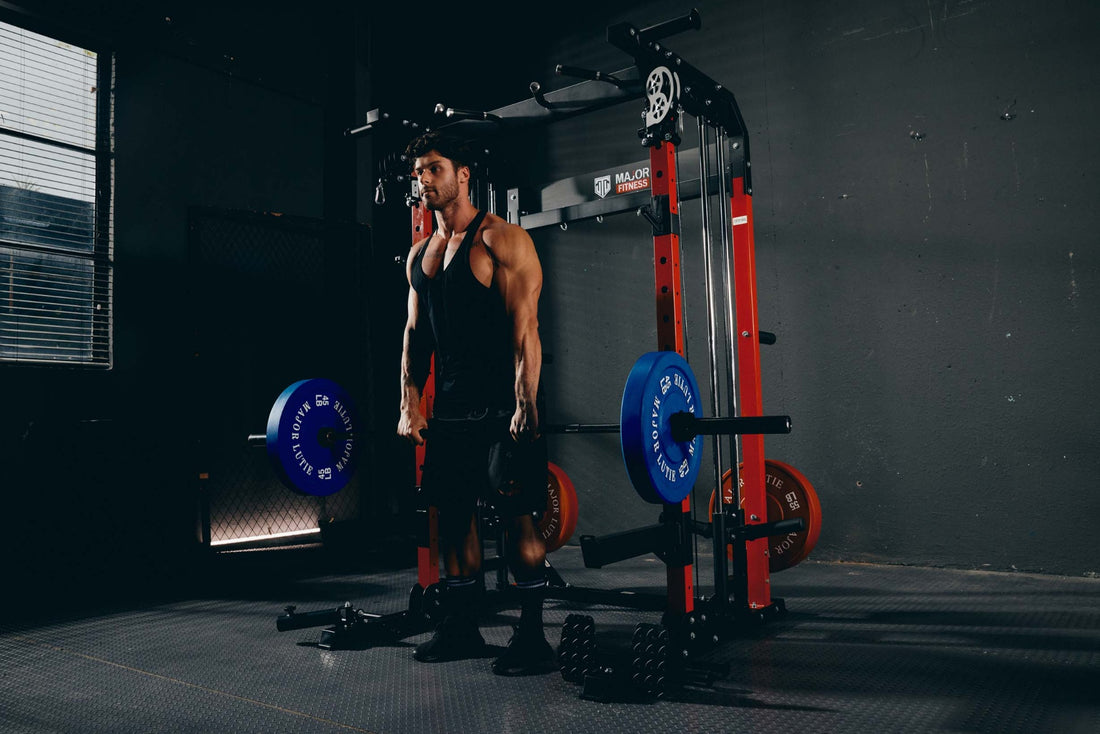
Deadlifting is arguably one of the most rewarding exercises in the strength training arsenal, targeting multiple muscle groups and building immense power and stability. However, as you progress in your lifting journey, you might find your grip strength becoming a limiting factor. This is where lifting straps come into play. Understanding how to use lifting straps for deadlift can make a significant difference in your performance and results.
Why Use Lifting Straps?
Lifting straps are designed to help lifters maintain a firm grip on the barbell, particularly during heavy lifts. They come in handy when your grip strength falls short of your overall lifting capacity. By using lifting straps, you can:
- Lift heavier weights: Overcome grip limitations and push past your previous weight thresholds.
- Reduce grip fatigue: Prolong your lifting sessions without the strain on your hands and forearms.
- Enhance muscle engagement: Focus more on targeted muscles like the back, hamstrings, and glutes.
Types of Lifting Straps
Several types of lifting straps are available, each with its benefits:
- Cotton Straps: Popular for their durability and comfort, they offer a blend of grip and flexibility.
- Nylon Straps: Known for their strength and abrasion resistance, making them suitable for heavy lifting.
- Leather Straps: Provide excellent grip and longevity, but may require some break-in time.
- Figure 8 Straps: Offer a secure hold and are ideal for maximum support during deadlifts.
Step-by-Step Guide: How to Use Lifting Straps for Deadlift
Follow these steps to ensure you are using lifting straps correctly and safely:
- Get the Correct Fit: Make sure your straps are the right length and width. They should be long enough to wrap around the barbell securely.
- Position the Strap: Slide your hands through the loop of the straps, ensuring the end with the free strap faces the barbell.
- Wrap the Bar: Once your hands are in position, wrap the free end of the strap around the barbell from the inside out. This helps create a natural engagement.
- Tighten the Strap: Twist the strap snugly around the bar, ensuring there is no slack. Your grip should feel secure but not uncomfortable.
- Perform the Lift: With the straps in place, proceed with your deadlift. Focus on maintaining proper form and let the straps assist your grip.
Proper usage of lifting straps takes practice. Initially, start with lighter weights to get accustomed to the feel and technique.
If you want to achieve better deadlift results, you can use Major Fitness's Olympic barbell, which supports high-intensity deadlift training and helps improve the overall strength of the legs, hips and back. Learn more.

Common Mistakes to Avoid
Avoid these common pitfalls when using lifting straps for deadlift:
- Over-Reliance: Don't use lifting straps for every deadlift session; your grip strength will weaken if you don't train it regularly.
- Improper Wrapping: Ensure you wrap the straps tightly enough. Loose wrapping can lead to an insecure grip and increase the risk of injury.
- Using Worn Straps: Regularly inspect your straps for wear and tear. Replace them as necessary to maintain safety and effectiveness.
Integrating Lifting Straps into Your Workout Routine
To maximize the benefits of lifting straps, integrate them wisely into your training routine:
- Start with Warm-Up Sets: Use your natural grip for warm-up sets to build and maintain grip strength.
- Save Straps for Heavier Lifts: Once you progress to heavier weights, switch to lifting straps to surpass your usual limits.
- Combine with Grip Training: Incorporate exercises like farmer's walks, hangs, and grip crushers to continuously improve your grip strength.
Remember, lifting straps are a tool in your training arsenal, not a crutch. Use them strategically to break barriers without sacrificing overall grip development.
Final Thoughts
Mastering how to use lifting straps for deadlift can transform your strength training journey, allowing you to reach new heights in your lifting capacity. The key is to use them correctly, avoid common mistakes, and integrate them judiciously into your workout routine. By doing so, you'll achieve a perfect balance between grip strength and overall muscle development. So, strap in and get ready to elevate your deadlifting game to the next level!




















